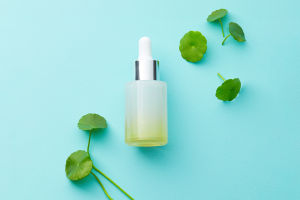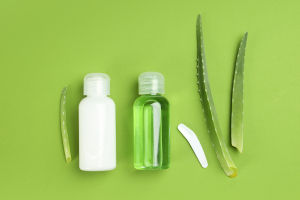Nail polish may be an everyday beauty staple, but how safe is it for our health? While those brightly painted nails can feel like a confidence boost, researchers have raised concerns about the hidden health risks in nail products.
From potential hormone disruptors to toxic chemicals, some ingredients in nail polish can put the liver, kidneys, and heart under stress with prolonged exposure. So, let’s explore what’s really in these little bottles of color and how to make safer choices for your health.
The Hidden Ingredients Behind the Shine
Nail polishes often contain chemicals that provide smooth application, quick drying, and a glossy finish. However, some of these ingredients, like toluene and dibutyl phthalate (DBP), can be risky. Toluene, used to help polish dry evenly, is known for its potentially harmful effects on the nervous system and kidneys. Long-term exposure can contribute to liver and kidney issues, particularly for salon workers or those who frequently apply polish. DBP, meanwhile, has been identified as a hormone disruptor that can affect organ function. Avoiding products with these chemicals is a good step toward safer nail care.
"Big 3-Free" Isn’t Always Risk-Free
You may have seen “Big 3-Free” or even “Big 5-Free” labels on nail polishes, meaning they lack formaldehyde, DBP, toluene, and sometimes camphor and formaldehyde resin. While this is a positive shift, it doesn’t mean these polishes are completely free of risky chemicals. Alternatives like ethyl tosylamide, a common ingredient in nail polish, is banned in some regions for its antibiotic properties and link to potential skin sensitivities. So, while “Big 3-Free” is a step in the right direction, it’s worth looking even closer at ingredient lists.
Endocrine Disruptors and Kidney Concerns
Certain nail polish ingredients can also disrupt hormone balance. Chemicals like parabens and phthalates have been linked to kidney, liver, and reproductive health issues. Parabens, often used as preservatives, can mimic hormones in the body and potentially lead to kidney damage with extended use. Phthalates, found in some polishes to add flexibility, are another concerning ingredient due to their effects on hormone levels and the kidneys over time. It’s wise to limit exposure to these compounds, especially for those who wear polish regularly.
Beyond Beauty: The Environmental Impact
Not only do some nail polish ingredients affect personal health, but they can also have broader environmental impacts. For instance, nonylphenol ethoxylates, another chemical often used in nail polish, are toxic to aquatic life and can disrupt ecosystems. These chemicals can end up in waterways through wastewater, posing a risk to wildlife and water quality. By choosing polishes with fewer harmful chemicals, you’re also making a small but meaningful choice for the environment.
Practical Tips for Healthier Nail Care
Switching to safer nail products doesn’t mean giving up beautiful nails. Look for brands that are free from common toxins like toluene, DBP, and formaldehyde. Water-based polishes are another option, as they often contain fewer chemicals, though they may not last as long. Remember, applying nail polish in a well-ventilated area and giving your nails regular breaks can also help reduce exposure. Opting for non-toxic or plant-based removers can add another layer of protection for your health and the environment.
While nail polish may seem harmless, it’s worth being mindful of the ingredients it contains. If you’re a fan of painted nails, consider opting for non-toxic brands, applying polish in well-ventilated spaces, and taking breaks to let your nails breathe. By making informed choices, you can keep enjoying your polished look while prioritizing your health.


